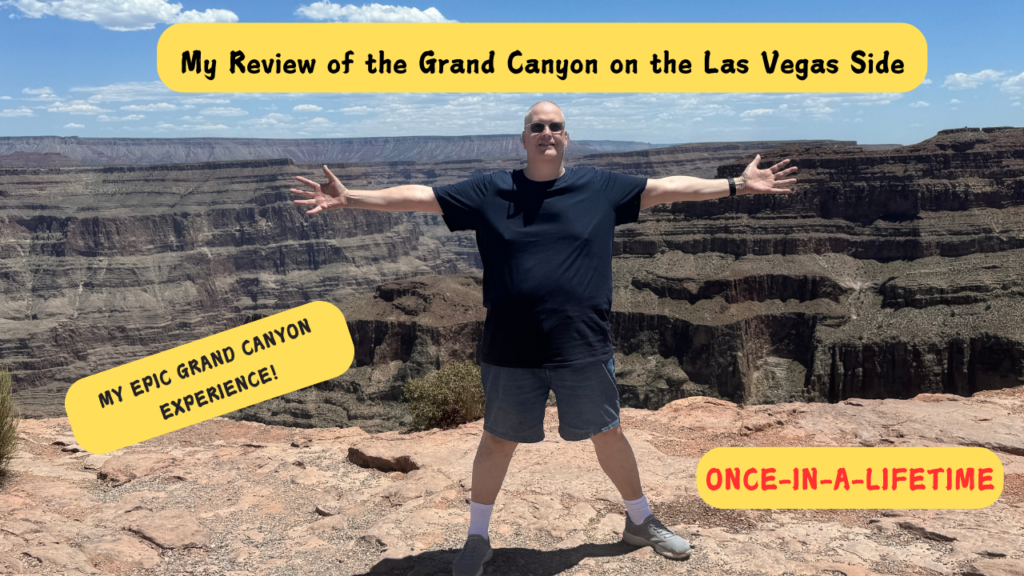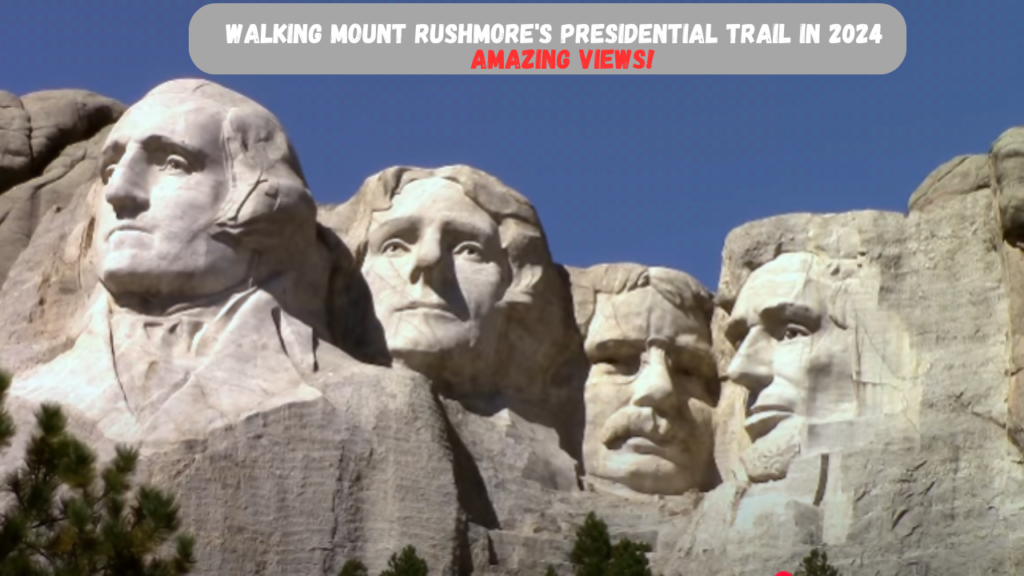7 Historic Landmarks in America's National Parks
Exploring America’s national parks offers a chance to step into nature’s masterpieces while uncovering significant historic landmarks. From ancient rock formations to monuments of American history, these sites tell the story of our nation’s past and showcase the beauty of the great outdoors. Each park provides unique opportunities to connect with both nature and heritage, making them truly special destinations for travelers.

As I journey through these stunning landscapes, I’m often reminded that the national parks are not just places for recreation; they also serve as important cultural sites. These parks house treasures like historic battlefields, ancient ruins, and iconic monuments that draw millions each year. Whether you seek adventure, education, or relaxation, America’s historic landmarks within national parks cater to a variety of interests and inspire awe.
Join me as I explore some must-see historic landmarks across these beautiful national parks. Together, we will discover the hidden gems, rich histories, and breathtaking scenery that make this journey through time and beauty unforgettable.
Key Takeaways
National parks seamlessly blend history with natural beauty.
These protected areas preserve both breathtaking landscapes and significant historical sites, allowing visitors to experience nature while learning about the past.Unique landmarks within national parks offer cultural insights and diverse recreational activities.
From ancient ruins and historic battlefields to geysers and rock formations, these sites tell compelling stories while offering activities like hiking, wildlife watching, and guided tours.Exploring lesser-known sites within national parks can enhance the travel experience.
Hidden gems such as secluded trails, remote lakes, and off-the-beaten-path viewpoints provide a quieter, more immersive way to enjoy the park’s beauty and history.National parks protect and showcase diverse ecosystems.
They serve as sanctuaries for wildlife and plant species, offering a glimpse into the delicate balance of nature and the importance of conservation efforts.Visiting national parks promotes physical and mental well-being.
Engaging in outdoor activities like hiking, camping, and kayaking encourages exercise, while the peaceful natural environment helps reduce stress and improve overall well-being.National parks offer educational opportunities for all ages.
Through visitor centers, ranger-led programs, and interpretive trails, travelers can deepen their understanding of geology, wildlife, and cultural heritage in an engaging way.Sustainable tourism helps preserve national parks for future generations.
Responsible travel practices, such as following Leave No Trace principles and respecting wildlife, ensure these natural and historical treasures remain intact for years to come.
Historical Significance of National Parks
National parks play a crucial role in America’s heritage and landscape. I find it fascinating how the National Park Service has shaped our connection to history, nature, and conservation. Here, I explore the evolution of this essential service, its roles in American history, and its ongoing conservation efforts.
Evolution of the National Park Service
The National Park Service (NPS) was established in 1916. At that time, there were already a handful of parks like Yellowstone and Yosemite. My research shows that as the nation grew, so did the need to protect its natural wonders and historic locations. The NPS developed regulations and strategies to manage these extraordinary spaces.
Over the years, the NPS has expanded to include 423 sites across the country. This growth reflects the evolving understanding of preservation and public access. Today, it manages not just parks but also historic sites and monuments, showcasing important events in American history.
Roles in American History
National parks serve as reminders of significant events and cultural heritage. They preserve sites related to Native American civilizations and the lives of more recent Americans. For instance, parks like the Statue of Liberty remind us of our nation’s immigration history and ideals.
Ken Burns’ documentaries highlight these connections, showing how parks like Gettysburg carry both natural beauty and historical weight. I appreciate how these sites provide insight into our America’s past, allowing visitors to connect with history in a meaningful way.
Conservation Efforts Through Time
Conservation has been a central theme for the National Park Service since its inception. Initially focused on keeping park lands pristine, the NPS has adapted its approach as environmental challenges have emerged.
The NPS conducts studies and takes action against climate change, pollution, and habitat loss. Their efforts include restoring ecosystems and protecting endangered species. Through education and community involvement, I see how the NPS fosters a sense of stewardship among visitors, ensuring that these landmarks remain for future generations.
This rich history demonstrates how national parks are not just places of beauty, but vital components of our cultural and natural heritage.
Major Destinations
America’s national parks offer a variety of historic landmarks and natural wonders. From stunning landscapes to diverse wildlife, each park tells a unique story. I’ll explore five major destinations that showcase the beauty and history of our natural heritage.
Yellowstone National Park
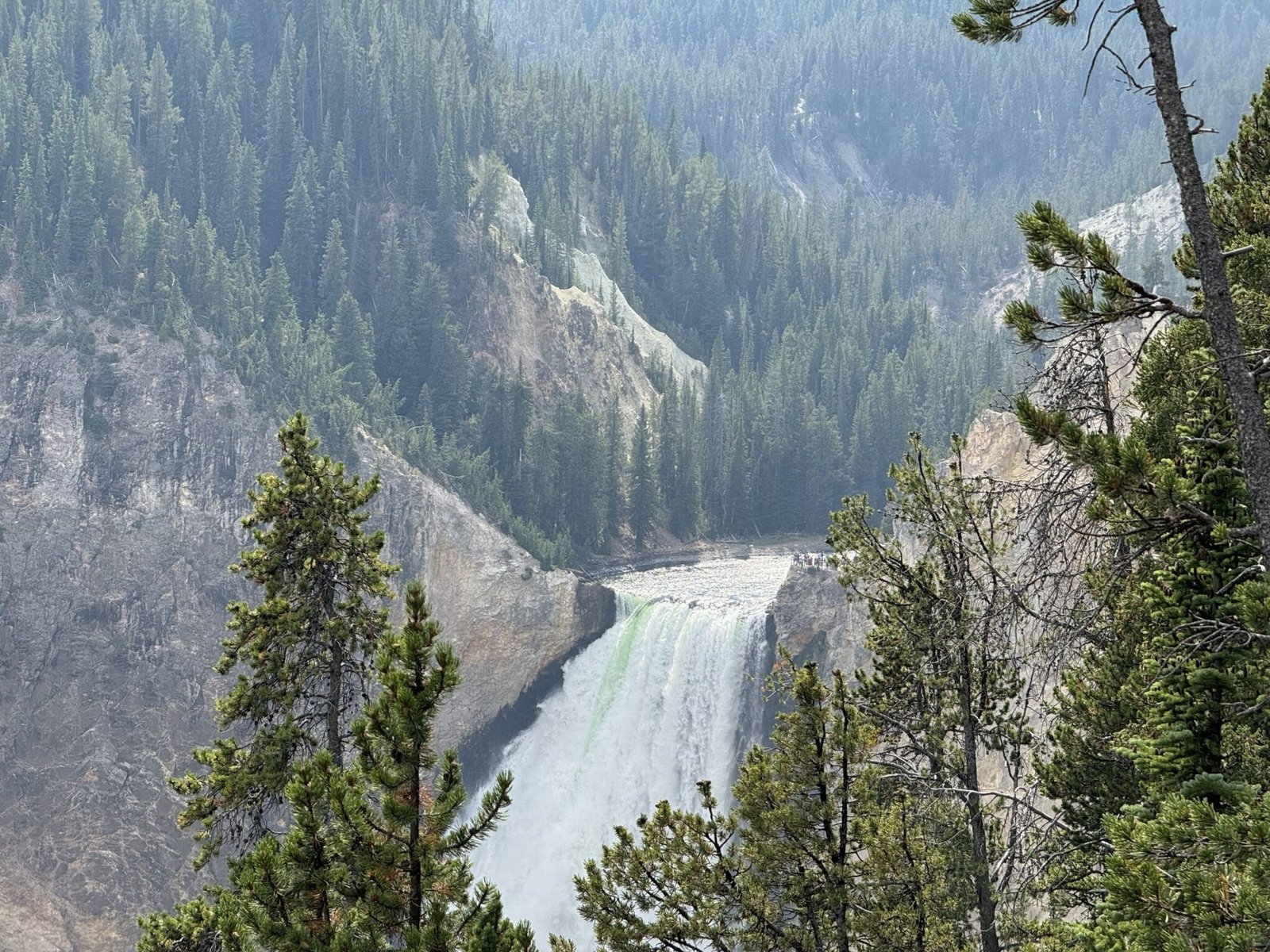
Yellowstone is America’s first national park, established in 1872. It is famous for its geothermal features, including geysers and hot springs. The most notable is Old Faithful, which erupts every 90 minutes.
The park is also rich in wildlife. I can spot bison, elk, and grizzly bears roaming freely. The picturesque landscapes include canyons, rivers, and forests. Exploring Yellowstone connects me with nature’s beauty and often offers a glimpse into America’s natural history.
Yosemite National Park
Yosemite is known for its breathtaking cliffs and waterfalls. Iconic sites like El Capitan and Half Dome draw rock climbers and photographers alike. Yosemite Falls is the tallest waterfall in North America.
I love hiking through its trails, which vary in difficulty. The Giant Sequoias in Mariposa Grove are awe-inspiring and among the largest trees on Earth. Yosemite’s diverse ecosystem showcases the beauty of California’s nature, making it a must-see destination.

Grand Canyon National Park

The Grand Canyon is one of the most recognized landscapes in the world. Its vastness and stunning colors are a sight to behold. The Grand Canyon stretches over 277 miles and reveals millions of years of geological history.
Hiking the South Rim offers great views, while the less crowded North Rim provides a different experience. Rafting down the Colorado River allows me to appreciate the canyon from below. This natural wonder’s scale is truly impressive.
Everglades National Park
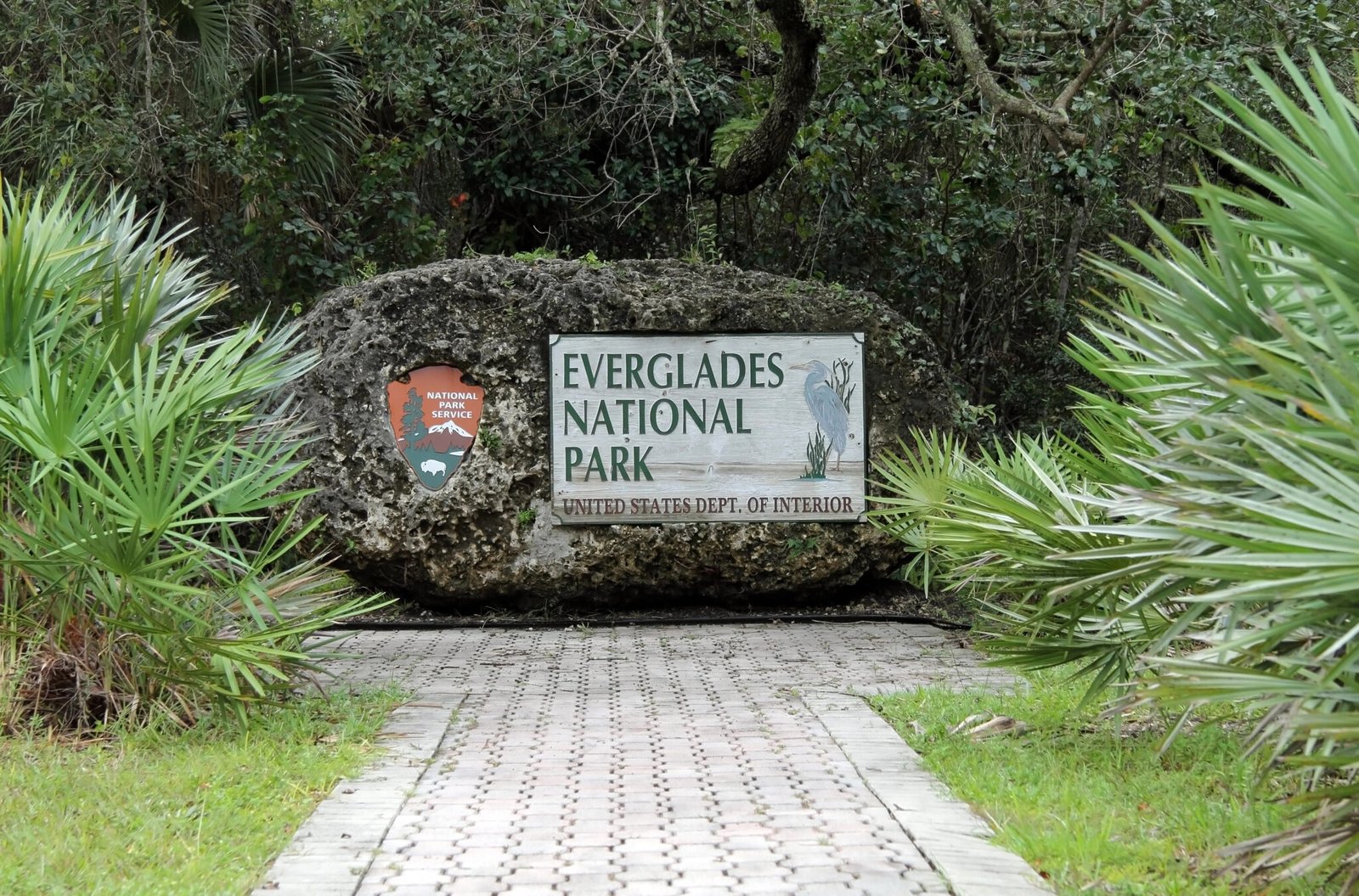
The Everglades is unlike any other national park. It features unique wetlands and a subtropical ecosystem. It is home to a variety of wildlife, including alligators, manatees, and many bird species.
Exploring this park by airboat or kayak lets me see its diverse landscapes up close. The importance of this area lies not just in its beauty but also in its role as a habitat. The Everglades is a vital ecosystem and an essential part of Florida’s natural heritage.
Denali National Park
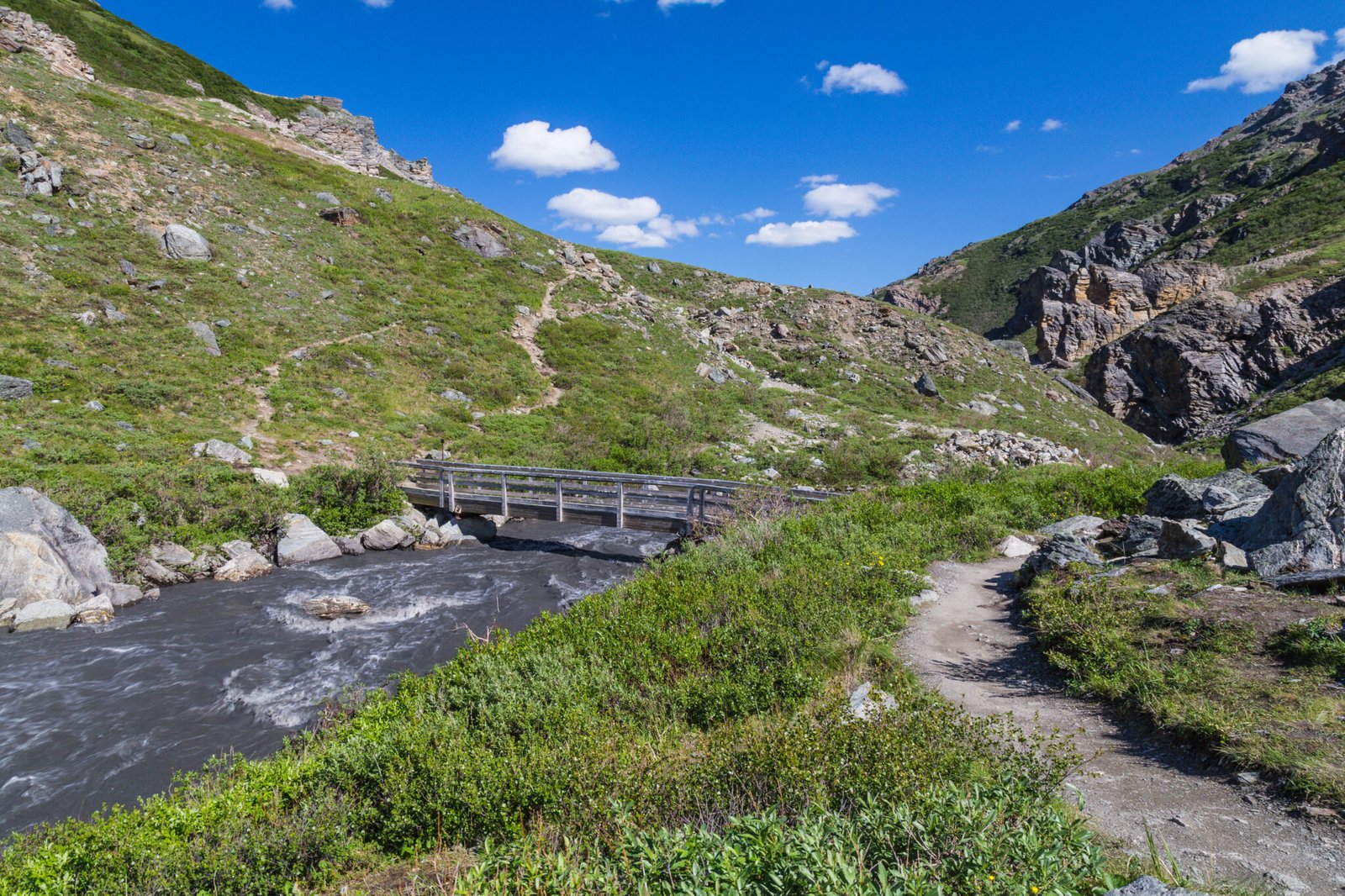
Denali, formerly known as Mount McKinley, is the highest peak in North America. The park offers incredible views of the mountain and stunning landscapes. It is also home to wildlife, including moose, wolves, and caribou.
Taking a bus tour through Denali allows me to see various terrains and spot animals in their natural habitat. The park’s focus on preservation brings attention to the importance of protecting these natural wonders. Denali is a breathtaking reminder of the wild beauty that America has to offer.
Unique Flora and Fauna
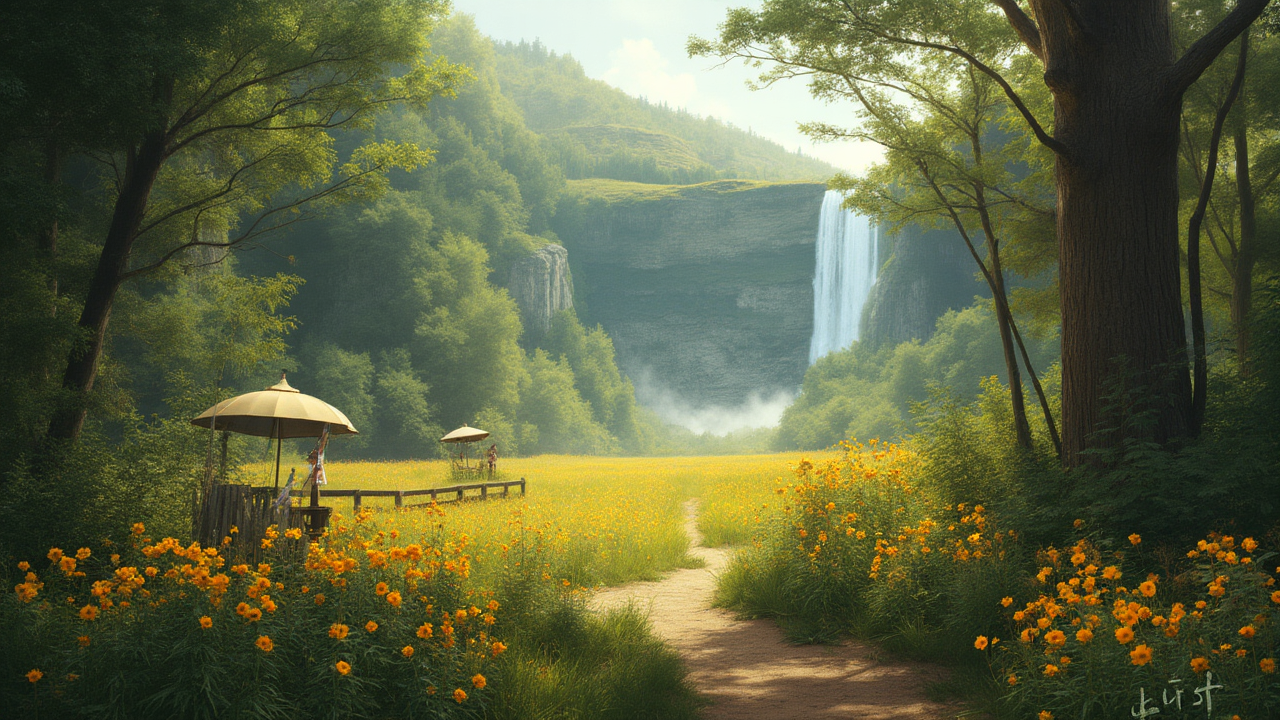
America’s national parks are scattered with unique plants and animals. Each park is home to different species that thrive in their specific environments. From majestic birds to vibrant flowers, the diversity is stunning.
Wildlife in Their Natural Habitat
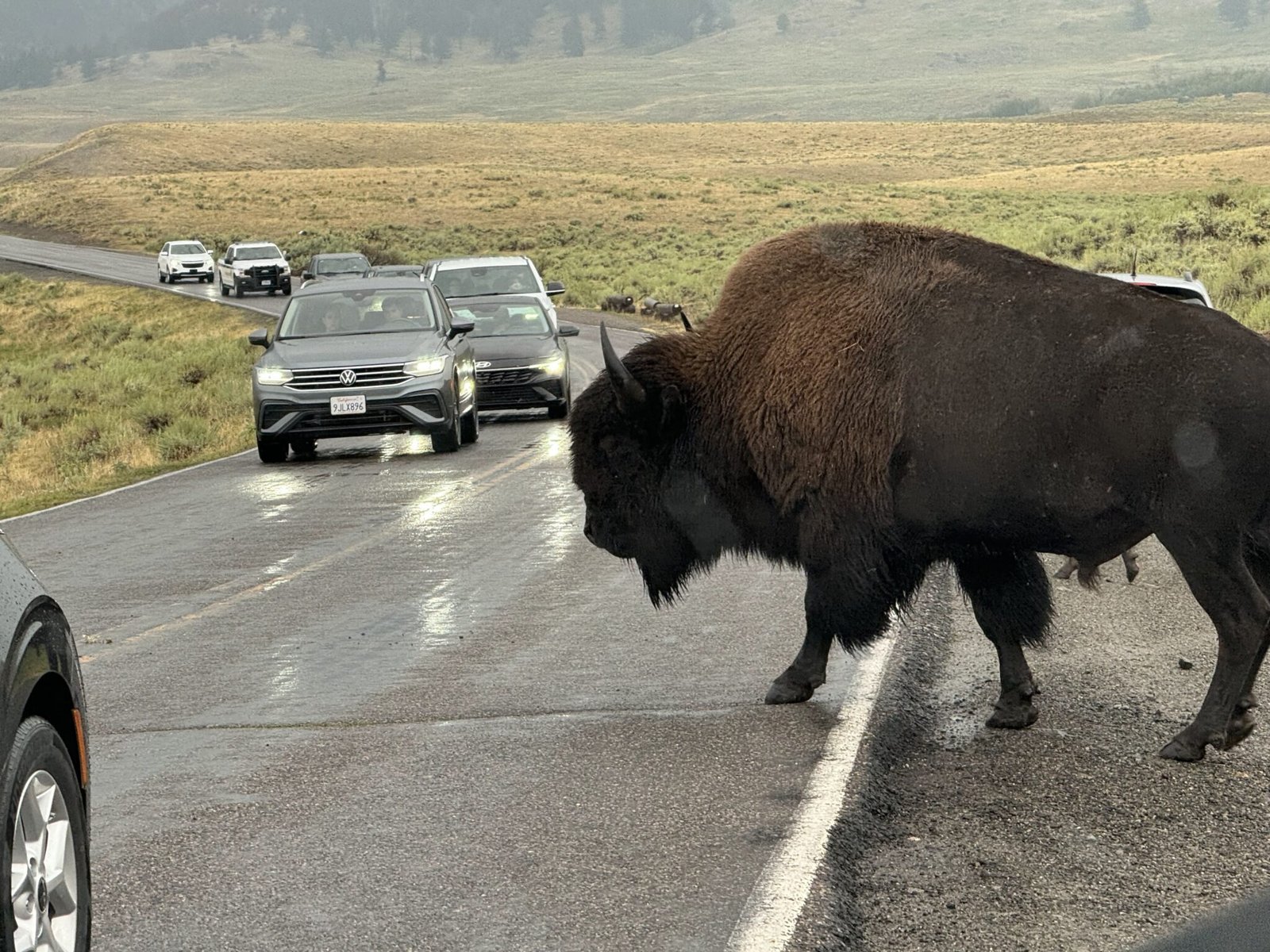
In places like Yellowstone, I can see bison roaming freely, often in herds. The park also has wolves, which play a key role in maintaining the ecosystem’s balance. Yellowstone is not just the first national park but a living, breathing example of wildlife in its natural habitat.
In the Everglades, I find alligators basking in the sun and manatees gliding through the water. Various bird species make their nests in the park’s mangroves, like the endangered roseate spoonbill, which adds color to the landscape. This variety shows how different wildlife adapts to their surroundings in each unique environment.
Protection of Endemic Species
Many parks focus on protecting endemic species that are found nowhere else. For instance, Haleakalā National Park on Maui is home to the rare silversword plant. This plant thrives in high elevations, showing resilience in harsh conditions.
In addition, I learn that California’s Channel Islands are vital for protecting unique species such as the island fox. These islands act as safe havens where species can recover from threats. National parks serve as crucial refuges for these plants and animals, ensuring their survival for future generations.
Landscape and Geological Features
America’s national parks showcase incredible landscapes and unique geological formations. I find great beauty in how these features tell the story of our planet’s history through time.
Striking Formations and Ecosystem Diversity
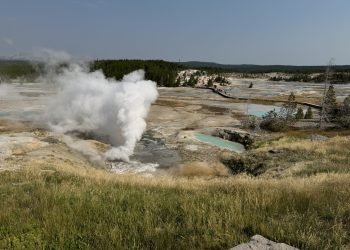
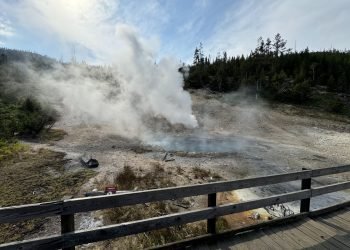

Yellowstone National Park is a fascinating blend of geothermal features and diverse ecosystems. From the colorful hot springs to the powerful geysers, such as Old Faithful, it reveals the earth’s intense geological activity. I appreciate that these natural wonders not only showcase beauty but also support varied wildlife.
In contrast, the Arches National Park is home to over 2,000 natural stone arches. These formations, shaped by wind and water, highlight the power of erosion. It is remarkable to see how different climates and processes create ecosystems that sustain various plants and animals.
Iconic Landmarks and Their Formations

The Grand Canyon National Park presents dramatic cliffs and layered rock formations. The Colorado River carved this majestic canyon over millions of years. Each layer of rock tells a part of Earth’s history, with colors changing throughout the day.
Petrified Forest National Park offers a different geological perspective with its fossilized trees. The vivid hues of the petrified wood stand out against the desert landscape, reminding us of ancient forests that once thrived here. Visiting these parks allows me to connect with the earth’s past, offering insights into the forces that shaped our world.
Cultural Insights
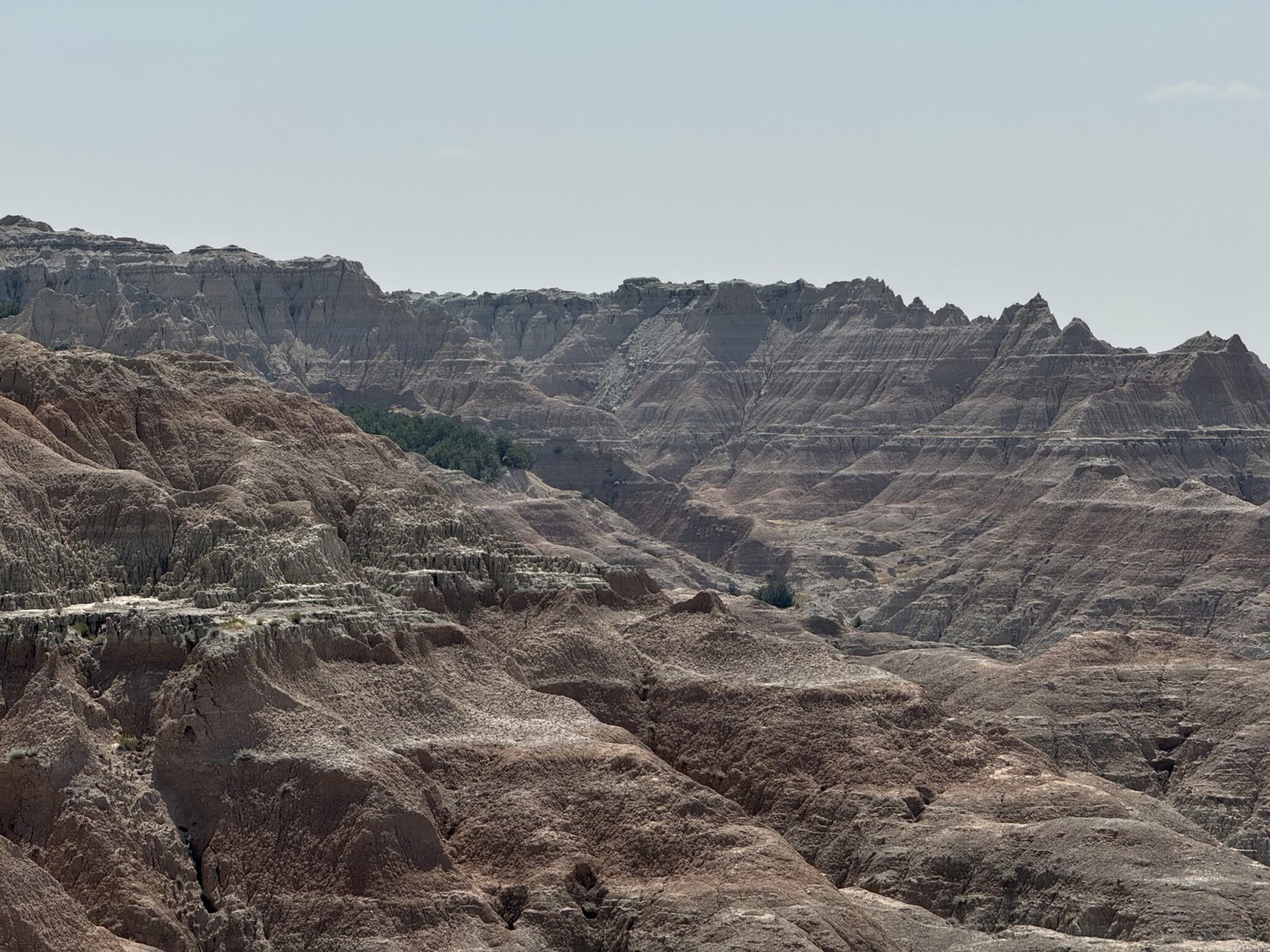
I value the rich cultural tapestry found in America’s national parks. These sites not only showcase natural beauty but also highlight important historical moments and the traditions of Native peoples. I find this connection to history and culture adds depth to my exploration.
Historic Sites Within the Parks
Many national parks are home to significant historic landmarks that tell stories of our past. For example, in Yosemite National Park, I can visit the historic Wawona Hotel, which dates back to the late 1800s. Gettysburg National Park offers a chance to experience the site of a pivotal Civil War battle, with monuments commemorating those who fought.
Mesa Verde National Park showcases ancient cliff dwellings, reflecting the architectural skills of the Ancestral Puebloans. Each of these sites enriches my journey, allowing me to learn while surrounded by stunning scenery. When I stand at these landmarks, I feel a deep sense of connection to the people who came before me.
Cultural Heritage of Native Peoples
The national parks also honor the heritage of Native peoples. Many parks, like Grand Canyon National Park, are sacred to tribes such as the Havasupai and Hualapai. When I visit, I gain insights into their traditions and beliefs that are deeply tied to the land.
Indigenous narratives often share knowledge of the environment, emphasizing harmony with nature. I appreciate their perspective, which fosters respect for the land’s beauty and history. Cultural programs and interpretive trails in these parks enhance my understanding of their traditions and customs. By engaging with these
Recreational Activities

In America’s national parks, there are plenty of recreational activities that cater to all types of visitors. Whether you’re with family, friends, or seeking some solitude, the parks offer diverse options for adventure and relaxation.
Hiking and Camping Options for Families
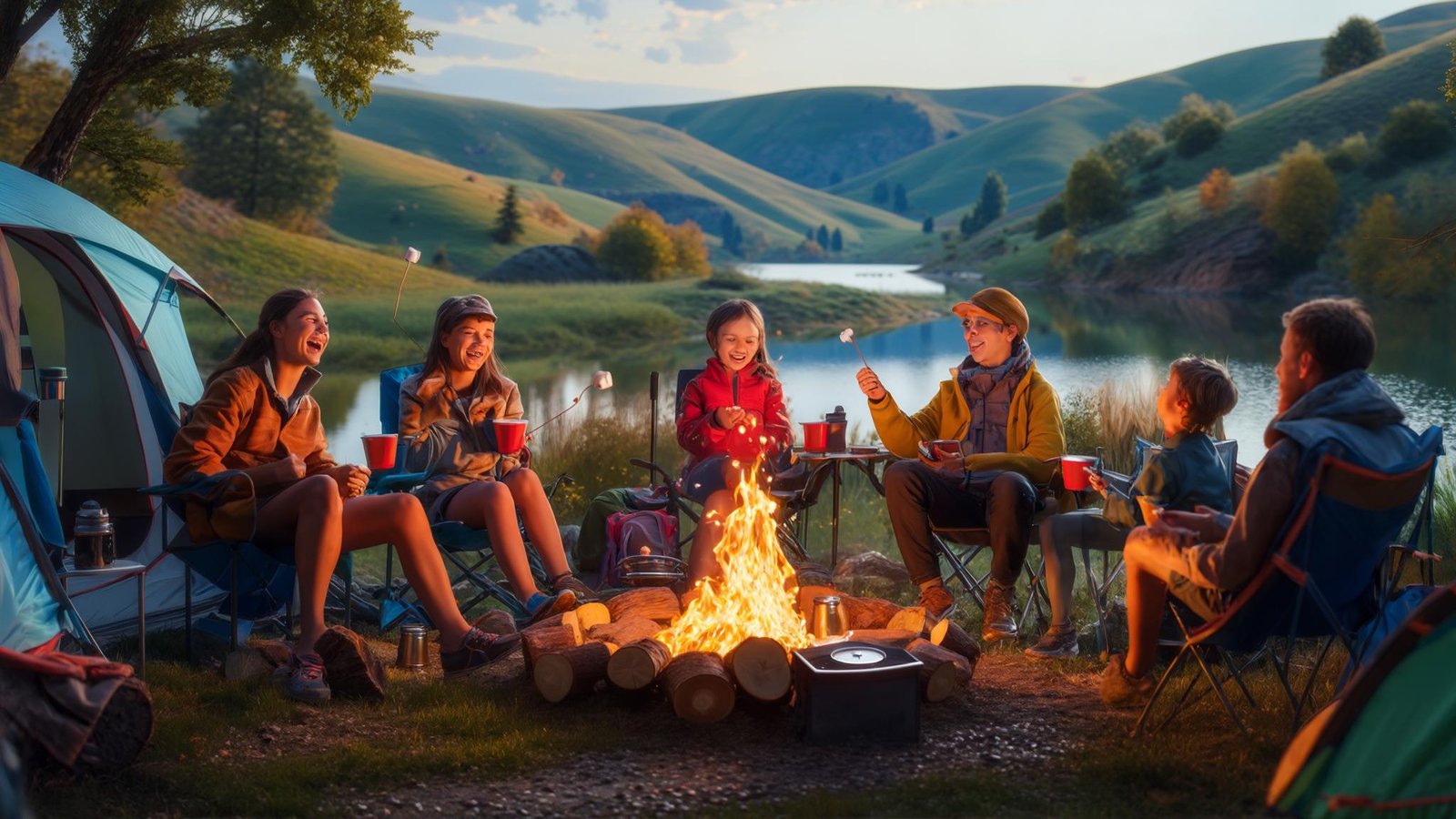
Hiking is a perfect way for families to bond while exploring nature. Many parks have trails suited for all skill levels. For younger children, I recommend shorter, flatter trails, such as those found in Yosemite or the Great Smoky Mountains.
Camping is another fantastic option. Most national parks have family-friendly campgrounds with amenities like restrooms and picnic areas. Reservations are often necessary, especially during peak seasons.
Before going, I suggest packing essentials like:
- Water bottles
- First aid kit
- Snacks
- Maps
Connecting with nature can create lasting memories for families.
Solo and Group Exploration Opportunities
For those who prefer solitude, national parks offer peaceful settings to reconnect with oneself. I enjoy taking solo hikes on less-traveled paths. Places like Arches National Park have stunning trails that let me enjoy the scenery without the crowds.
If you’re traveling with friends, consider guided tours or group activities. Many parks offer ranger-led programs that are both informative and fun. These experiences can enhance the visit and provide social interaction.
Activities like:
Wildlife watching
Photography workshops
Nature walks
are great for both groups and solo adventurers. The freedom to explore at your own pace adds to the enjoyment of these beautiful landscapes.
Lesser-Known Gems
There are many beautiful and historic landmarks in America’s national parks that are often overlooked. These hidden gems offer unique landscapes and experiences. Here are some noteworthy parks that deserve attention.
Big Bend National Park
Big Bend National Park in Texas features stunning desert landscapes, mountains, and the Rio Grande. I find the park captivating for its diverse wildlife and geological formations. The Chisos Mountains provide great hiking opportunities with trails like the South Rim offering breathtaking views.
The park is rich in history too. It has ancient rock art from Indigenous peoples. I appreciate the chance to learn about the area’s culture and history through various exhibits at the park’s visitor center.
National Park of American Samoa
The National Park of American Samoa is unique as it combines land and marine elements. Located in the South Pacific, this park has lush rainforests and coral reefs. I enjoy snorkeling here to see vibrant marine life.
The park also highlights the culture of the Samoan people. Traditional huts and cultural demonstrations give visitors insights into their way of life. This blend of nature and culture makes it a truly special place.
Indiana Dunes National Park
Indiana Dunes National Park, located along the southern shore of Lake Michigan, features stunning sandy beaches and tall dunes. I find the park perfect for a quick escape as it offers trails for hiking and biking.
The area is rich in biodiversity, hosting various plant and animal species. I love exploring its unique ecosystems, from wetlands to prairies. It’s a great spot for birdwatching, especially during migration seasons.
Sequoia National Park
Sequoia National Park in California is famous for its giant sequoias, some of the largest trees on Earth. Standing among these ancient giants is awe-inspiring. I often visit the General Sherman Tree, which is the largest tree by volume.
The park offers rugged landscapes with deep canyons and rocky peaks. I appreciate the chance to explore the areas like Crystal Cave, where I can see beautiful formations. The park also honors the history of its early visitors and conservation efforts.
Saguaro National Park
Saguaro National Park in Arizona is known for its iconic saguaro cacti. The park is divided into two districts surrounding Tucson, each showcasing the desert’s beauty. I enjoy hiking among these tall cacti and watching the sun set over the landscape.
The park also has rich wildlife, including roadrunners and coyotes. I find the desert environment fascinating, especially during spring when wildflowers bloom. This park offers not just natural beauty but also a glimpse into the Sonoran Desert’s unique ecosystem.
Visitors' Information
When visiting America’s historic landmarks within national parks, it’s essential to plan ahead. I will share key details about when to visit, where to stay, and how to protect these beautiful sites.
Planning Your Visit

I recommend checking the specific national park’s website for hours and seasonal activities. Popular parks like Yellowstone and Yosemite can get crowded, especially in summer. If you’re traveling with family, consider visiting during the shoulder seasons, like spring or fall, for smaller crowds and pleasant weather.
Make a list of the landmarks you want to see. Each park has unique attractions. Be sure to include time for educational programs and ranger-led tours that many parks offer. It’s wise to download maps and apps that provide information about safety and navigation.
Accommodation and Amenities
National parks offer a variety of accommodation options, from campgrounds to lodges. I suggest booking your stay well in advance, especially for summer visits. Many parks have campsites that fill up quickly, so plan accordingly.
Here’s a quick overview:
- Camping: Affordable, close to nature.
- Lodges: Comfortable, convenient, but may be pricier.
- Nearby Hotels: Options outside the park can provide more amenities.
When packing for your trip, I recommend bringing snacks and water, as amenities can be limited in remote areas. Restroom facilities vary, so be prepared for different levels of comfort.
Guidelines for a Sustainable Visit
Preserving the beauty of these national parks is important. I follow the “Leave No Trace” principles. This means I take all my trash with me and stay on marked trails.
Additionally, I respect wildlife and observe animals from a distance. Feeding them is harmful and can lead to dangerous encounters.
When organizing my trip, I also think about privacy. I choose times when parks are less busy, which enhances my experience while keeping the area peaceful for everyone.
By planning thoughtfully, I can enjoy the rich history and stunning scenery of America’s national parks while ensuring their preservation for future visitors.
Inspirations from the National Parks
The beauty and history of America’s national parks have inspired many artists and writers over the years. Their work reflects the stunning landscapes and the deep historical significance of these sites. This section highlights some of these influences, focusing on key figures and notable works.
Artists and Authors Influenced by the Parks
Many prominent artists and authors have found inspiration in the natural wonders of national parks. For example, renowned painter Thomas Moran brought the beauty of Yellowstone to life with his masterpieces. His detailed landscapes showcased the park’s unique geology and vibrant colors.
Authors like John Muir were also heavily influenced by these parks. Muir wrote extensively about the natural beauty he encountered. His writings helped spark the conservation movement and raised awareness about the importance of preserving these environments.
Other contemporary artists continue to draw inspiration as well. Photographers capture breathtaking images of parks like Zion and Yosemite, often showcasing elusive wildlife and stunning vistas. Their work serves as a reminder of the parks’ beauty and the need to protect them for future generations.
'Lassoing the Sun' by Mark Woods
In his memoir, Lassoing the Sun, Mark Woods shares his personal journey through America’s national parks. He explores themes of adventure and reflection while tackling the challenges of life. Woods’ narrative connects his experiences with the beauty and lessons found in these parks.
His writing delves into specific parks, allowing readers to feel the vastness of the landscapes. Each chapter paints a vivid picture of the locations he visits, from the majesty of the Grand Canyon to the serene beauty of Acadia.
Woods shows how these parks influenced his life decisions and outlook. The memoir captures the essence of nature’s impact, encouraging readers to seek out their own adventures in the great outdoors.
Frequently Asked Questions

I often receive questions about historic landmarks in America’s national parks. Here are some common inquiries that can help you learn more about these important sites.
Which U.S. national parks house the most significant historical landmarks?
Several national parks are known for their important historical landmarks. For example, Gettysburg National Military Park in Pennsylvania is significant for its Civil War history. Other notable parks include Yellowstone, which features landmarks from the early exploration of the West, and Mesa Verde, known for its ancient cliff dwellings.
What are some of the top historical landmarks to visit in U.S. national parks?
Top historical landmarks in national parks include the Liberty Bell at Independence National Historical Park and George Washington’s Mount Vernon. I also recommend visiting Fort Sumter National Monument and the historic sites within Yellowstone, such as Old Faithful and the park’s early visitor centers.
How many historical landmarks are there in America’s national parks?
There are thousands of historical landmarks within America’s national parks. Each park contributes its unique sites, with many recognized for their cultural and historical importance. The exact number varies, as new sites can be added and existing ones preserved over time.
Can you list national parks in the Northeast that contain historical sites?
In the Northeast, several national parks contain important historical sites. Parks like Boston National Historical Park are rich in Revolutionary War history. Other examples include the Statue of Liberty National Monument and Valley Forge National Historical Park, both of which share key moments from U.S. history.
What criteria are used to determine the inclusion of landmarks in the National Register of Historic Places within national parks?
Landmarks are evaluated based on criteria such as their age, integrity, and significance in American history. They should demonstrate importance in areas like architecture, culture, or events that shaped the nation. The evaluation ensures that only landmarks of true historical value are included.
Which historic landmarks in U.S. national parks are also recognized as World Heritage Sites?
Some U.S. national parks feature landmarks recognized as World Heritage Sites. For instance, Yellowstone National Park is a World Heritage Site due to its unique geothermal features and biodiversity. Other examples include Everglades National Park, noted for its ecosystem, and Mesa Verde National Park for its ancient Puebloan dwellings.
My Final Thoughts
Visiting America’s historic landmarks in national parks is a rewarding experience. Each site tells a unique story about our country’s past.
From the stunning views in Yosemite to the rich history at the Statue of Liberty, there is so much to explore. I appreciate how these parks showcase nature’s beauty alongside significant cultural sites.
Here are a few notable landmarks I recommend:
- Yellowstone National Park: The first national park, known for its geysers and hot springs.
- Grand Canyon: A breathtaking landscape highlighting geological history.
- Acadia National Park: Offers stunning coastal views and rich wildlife.
Each visit allows me to connect with history in a vibrant way. I find inspiration in the beauty that surrounds each landmark.
These sites are not just about nature, but also about the stories and memories they hold. They remind me of the importance of preservation and appreciation.
I encourage others to take the time to explore these treasures. Whether you are a local or a traveler, the experience is enriching and unforgettable.

















